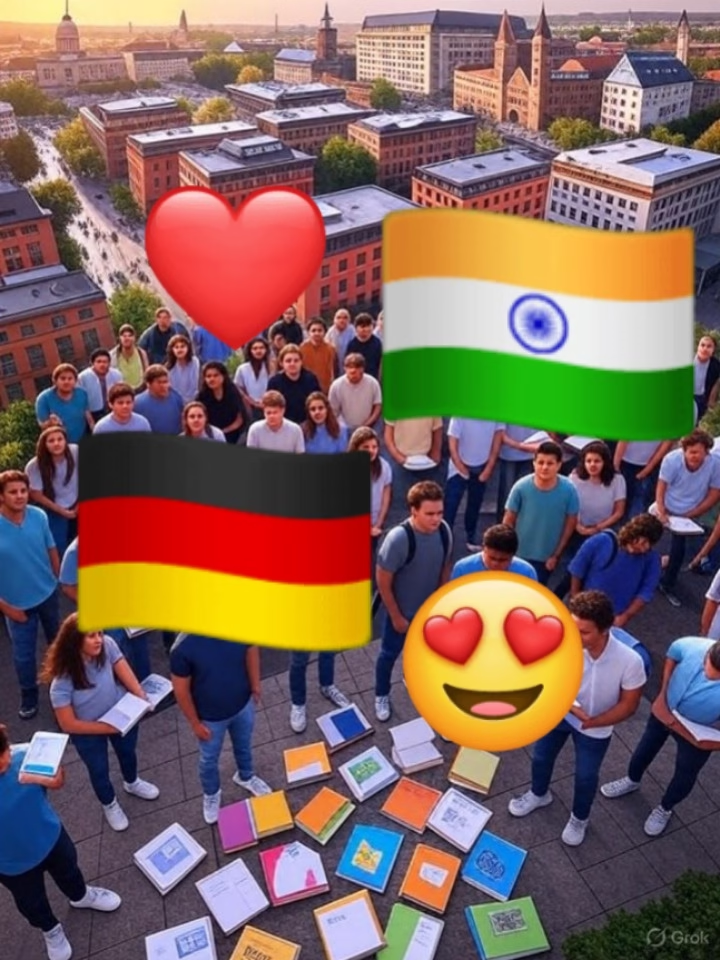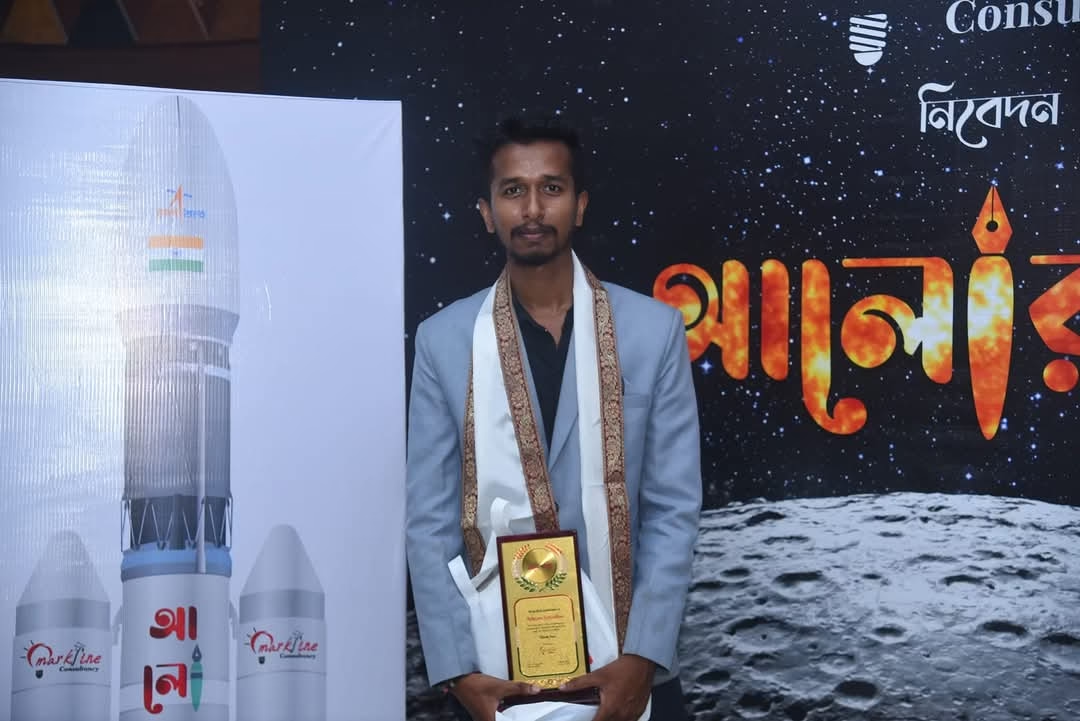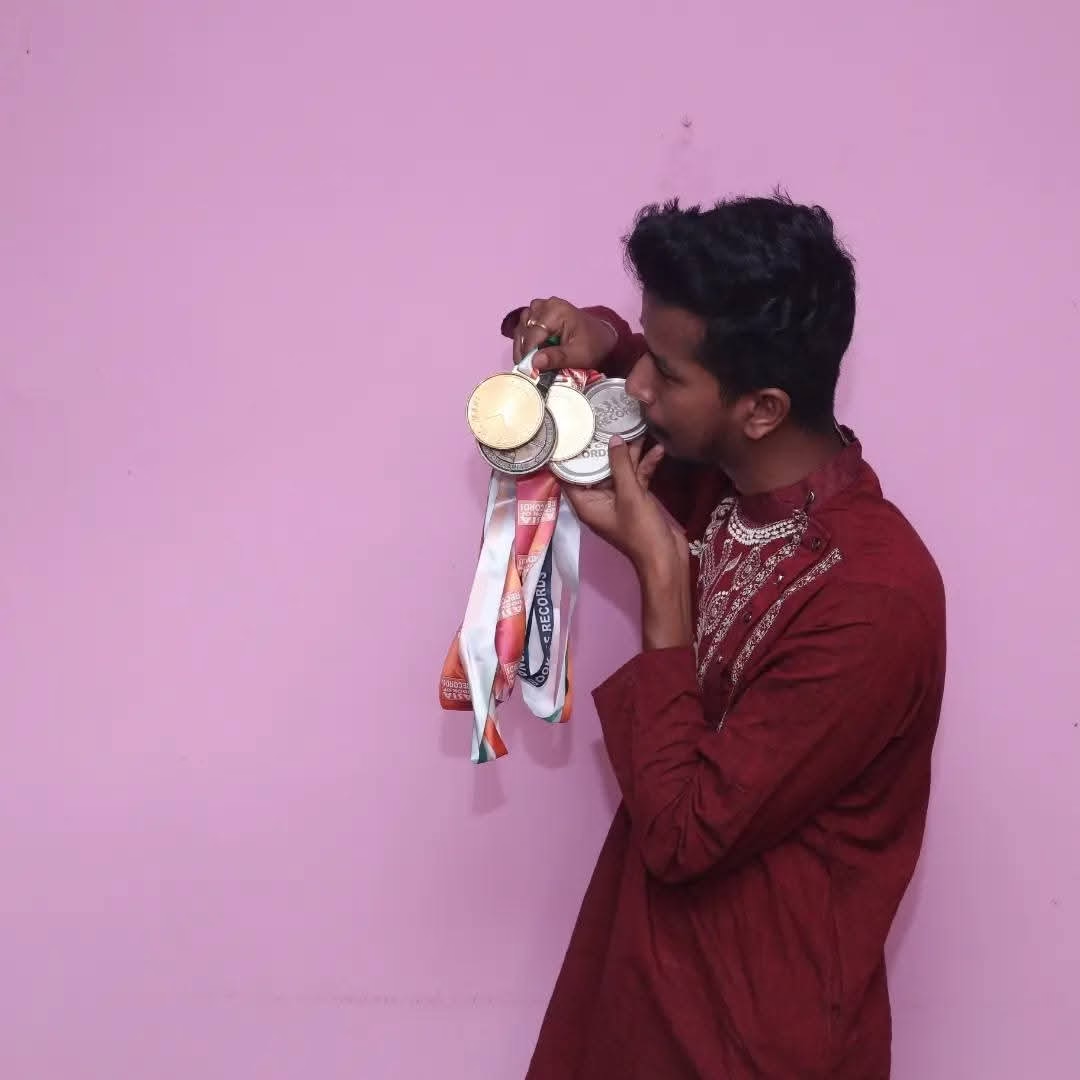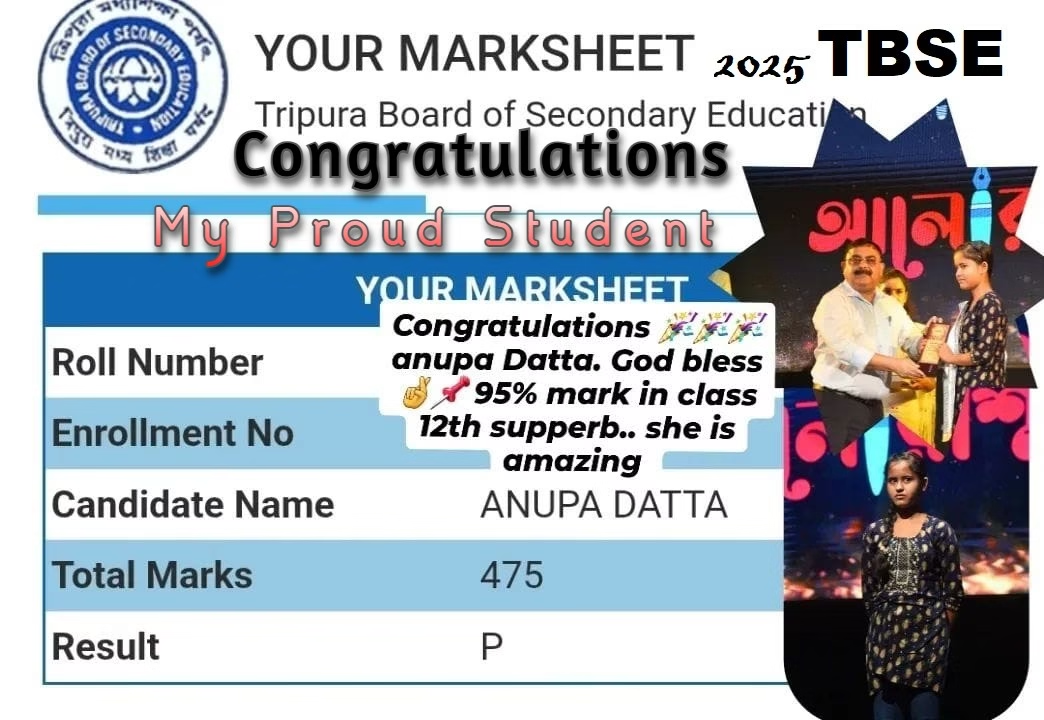✨ CBSE Class 10 Science – Chapter 10: The Human Eye and the Colourful World ✨Ultimate Expert Guide by Grandmaster Bikram Sutradhar 🚀

✨ CBSE Class 10 Science - Chapter 10 The Human Eye and the Colourful World ✨Ultimate Expert Guide by Grandmaster Bikram Sutradhar 🚀
SirBikramSutradhar bAstronautWay Chapter 10: The Human Eye and the Colourful World CBSE
📚 What You’ll Learn in This Guide?
✅ Complete NCERT Solutions with step-by-step explanations
✅ Structure & Function of the Human Eye
✅ Power of Accommodation & Defects of Vision (Myopia, Hypermetropia, Presbyopia, Astigmatism)
✅ Correction of Vision Defects (Concave & Convex Lenses)
✅ Refraction of Light through Prism and Dispersion of Light
✅ Atmospheric Refraction & Optical Phenomena (Twinkling of Stars, Blue Sky, Red Sunset)
✅ Smart Memory Tricks & Shortcuts for Quick Learning
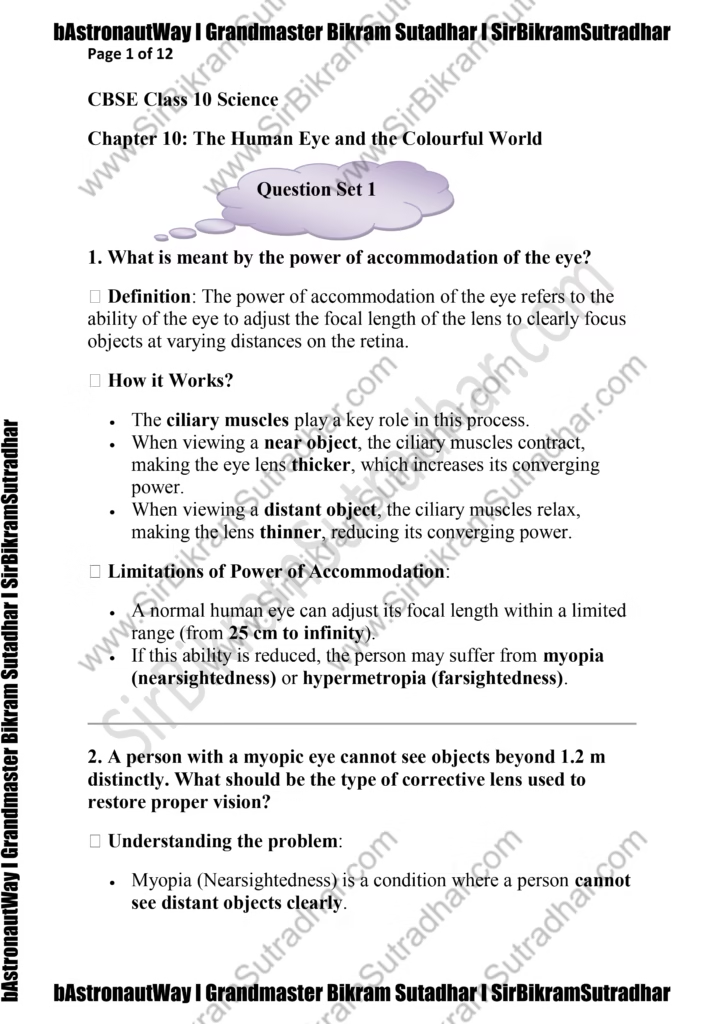
🌟 Key Topics Covered in CBSE Class 10 Science – Chapter 10
🌈 The Human Eye: Structure & Function
- Cornea – Transparent front part of the eye, focuses light.
- Iris – Controls pupil size, regulates light entry.
- Pupil – Small opening, allows light to enter.
- Lens – Adjusts shape for focusing.
- Retina – Light-sensitive screen of the eye.
- Optic Nerve – Transmits signals to the brain.
👁️ Power of Accommodation
- The ability of the eye to focus on objects at different distances by changing the curvature of the lens.
- Ciliary muscles help in this adjustment.
- Near Point: 25 cm (minimum distance for clear vision).
- Far Point: Infinity (maximum distance for clear vision).
🔍 Defects of Vision & Their Correction
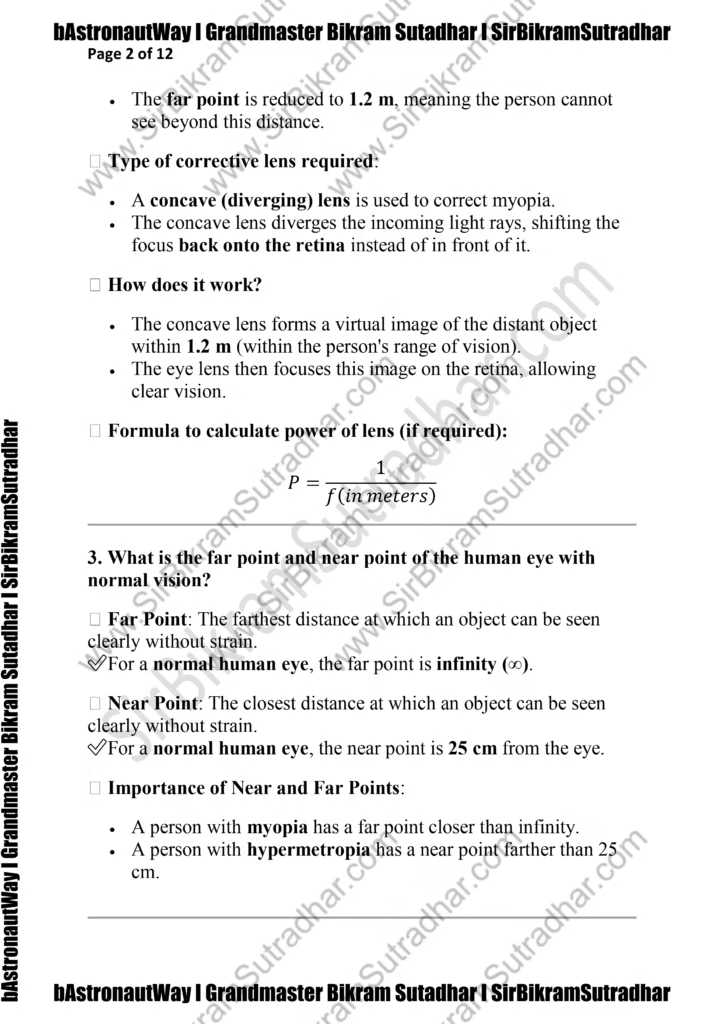
1. Myopia (Nearsightedness)
- Cause: Elongated eyeball / Excessive curvature of the lens.
- Effect: Cannot see distant objects clearly.
- Correction: Concave (Diverging) lens.
2. Hypermetropia (Farsightedness)
- Cause: Shortened eyeball / Weak lens.
- Effect: Cannot see nearby objects clearly.
- Correction: Convex (Converging) lens.
3. Presbyopia
- Cause: Aging, weakening of ciliary muscles.
- Effect: Difficulty seeing nearby objects.
- Correction: Bifocal lenses (Convex for near, Concave for far).
4. Astigmatism
- Cause: Uneven corneal curvature.
- Effect: Blurred or distorted vision.
- Correction: Cylindrical lenses.
💡 Refraction of Light through a Prism
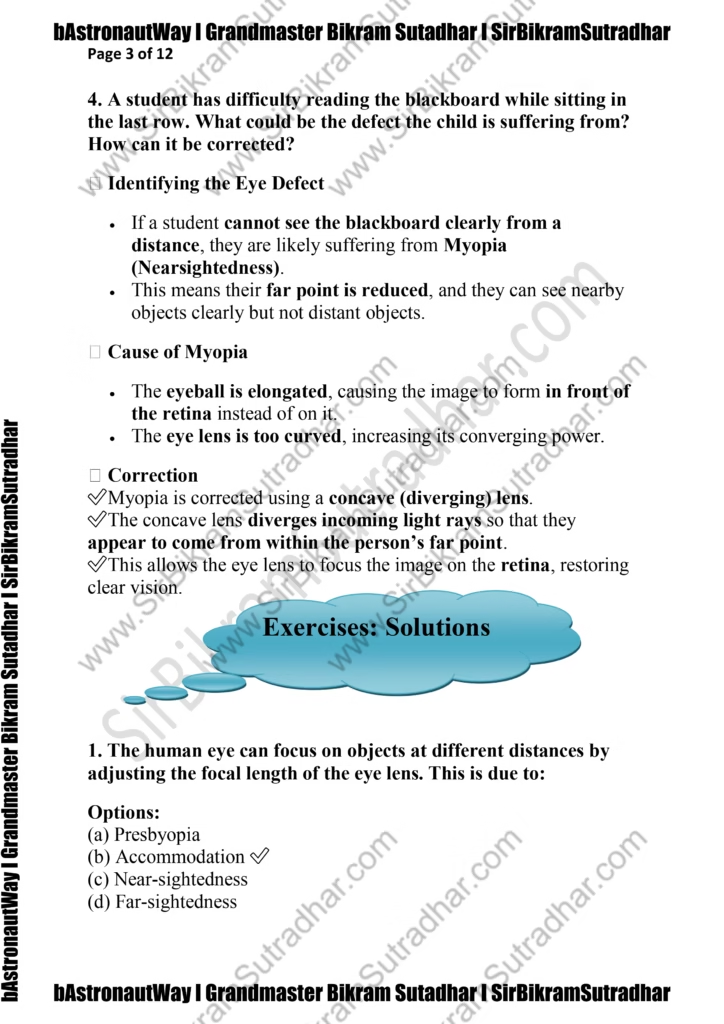
-

🏆 Class 5 Mathematics Olympiad Practice Paper
-

Today’s Sports Highlights – August 22, 2025
-

📰 Today’s News Digest – August 18, 2025
-

Stock Market Holiday: BSE, NSE Closed for Independence Day; Key Highlights from August 14 Trading
- White light disperses into seven colors (VIBGYOR).
- Cause: Different wavelengths of light bend at different angles.
🌆 Atmospheric Refraction & Optical Phenomena
1. Twinkling of Stars
- Cause: Refraction of starlight due to atmospheric density variations.
- Effect: Stars appear to change brightness.
2. Why is the Sky Blue?
- Cause: Scattering of blue light by air molecules.
- Effect: Blue light is scattered more than other colors.
3. Why Does the Sun Appear Red at Sunrise & Sunset?
- Cause: Longer path through atmosphere, blue light scatters out.
- Effect: Red light dominates.
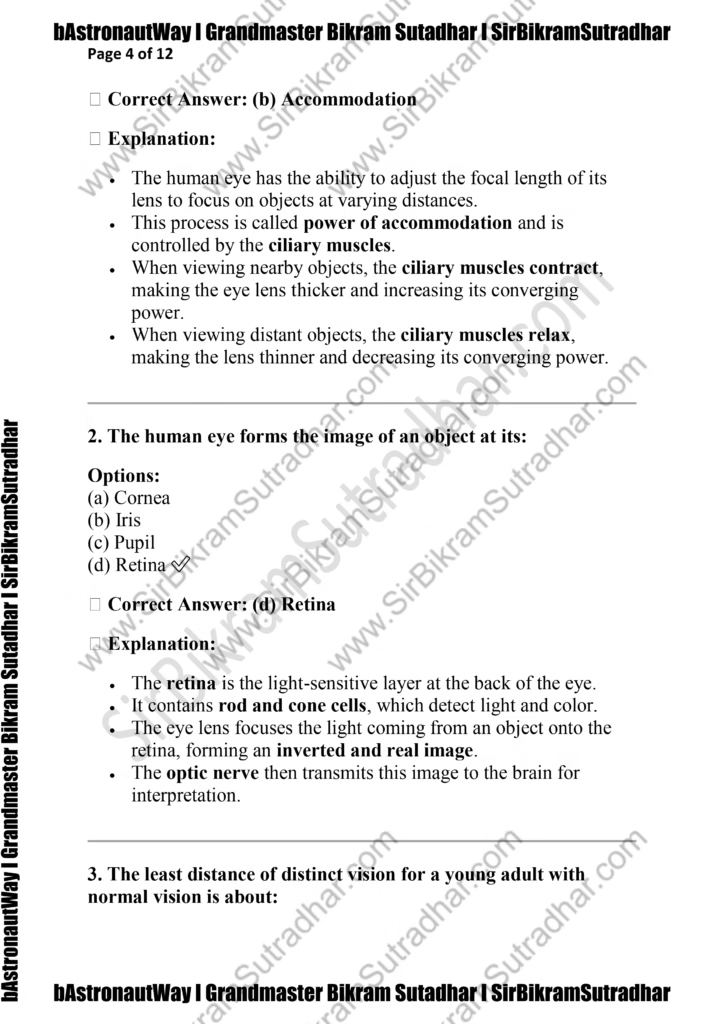

📈 Important CBSE Board Exam Questions
- Explain the structure and working of the human eye.
- What is the power of accommodation of the eye?
- Explain myopia and hypermetropia with diagrams.
- What is dispersion of light? Explain with a diagram.
- Why does the sky appear blue during the day?
🔧 Smart Study Tips & Tricks
- Mnemonic for Defects & Correction:
- Myopia → Concave Lens (MC)
- Hypermetropia → Convex Lens (HC)
- Shortcut for Twinkling of Stars: “Stars Twinkle Because of Atmospheric Refraction” (STBAR)
🚀 Why This Guide is a Must-Have for CBSE Class 10 Students?
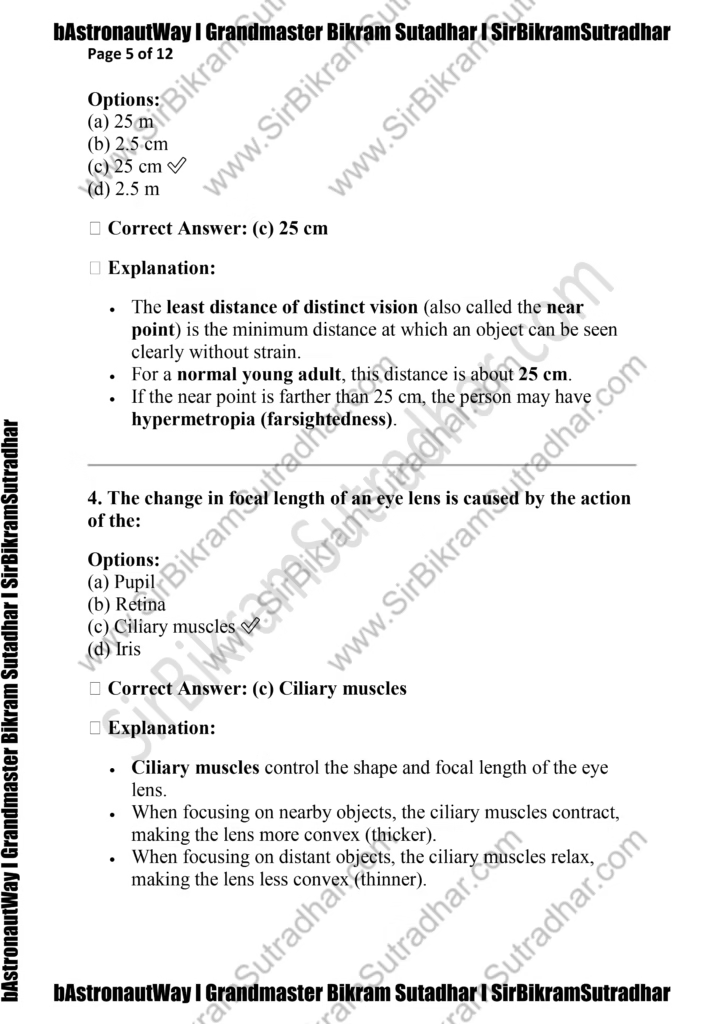
✅ Expertly Curated Content – By Grandmaster Bikram Sutradhar 🚀
✅ Clear & Simple Explanations – No confusion, only conceptual clarity
✅ Exam-Focused Approach – Important board exam questions covered
✅ Smart Memory Tricks & Study Hacks – Learn faster, retain longer!
✅ Structured for Easy Revision – Saves time & effort
🚀 Ace Your CBSE Class 10 Science Exam with This Ultimate Guide! 🏆
💡 Start Learning Today & Score High Marks! 🌟
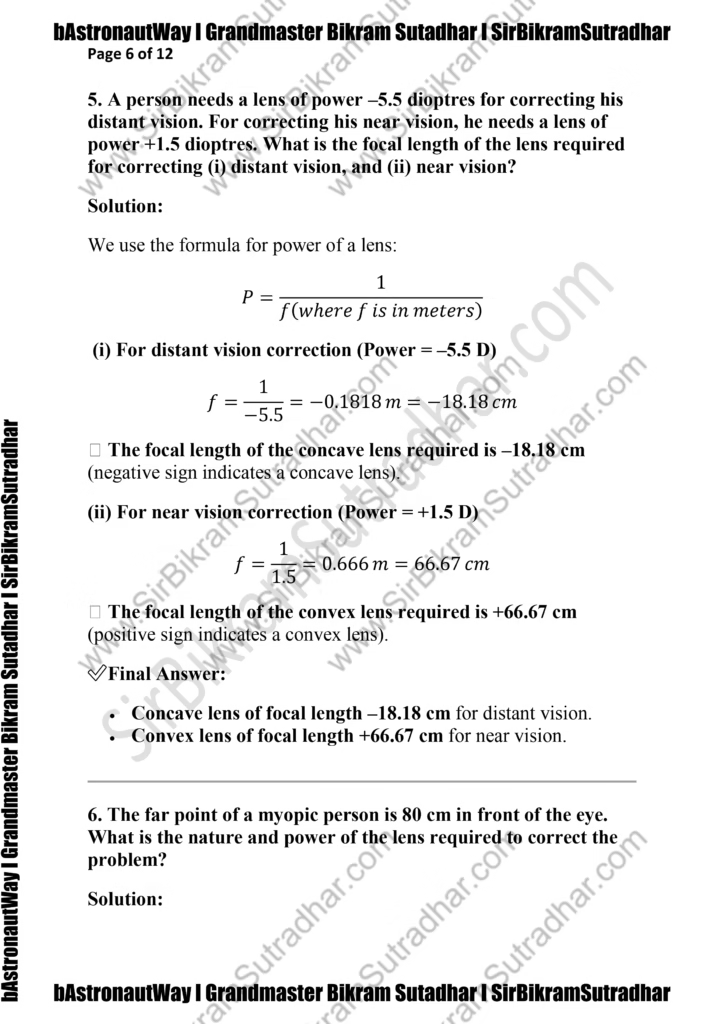
-
📘 Becoming an Astronaut in India (ISRO) – A Complete Guide After Class 12
📘 Becoming an Astronaut in India (ISRO) – A Complete Guide After Class 12 ✍️…
-
📘 Calculus: GATE Engineering Mathematics – Section 2
📘 Calculus: GATE Engineering Mathematics – Section 2 🧠 Prepared with Inspiration from GrandMaster Bikram…
-
✍️ Master English Grammar: Fun Tricks & Smart Hacks for Confident English! 📚✨
✍️ Master English Grammar: Fun Tricks & Smart Hacks for Confident English! 📚✨ 🔥 Presented…
-
Germany’s Warm Admiration for Indian & Asian Communities
🇩🇪✨ Germany’s Warm Admiration for Indian & Asian Communities A Heartfelt Celebration of Culture, Talent,…
-
📘 Master Vedic Math: Multiply Big Numbers Fast (3×3 & 4×4 Digit Trick)
📘 Master Vedic Math: Multiply Big Numbers Fast (3×3 & 4×4 Digit Trick) 👨🏫 By…
-
📘 Vedic Math: Multiplication & Division Shortcut Tricks
📘 Vedic Math: Multiplication & Division Shortcut Tricks 👨🏫 By Grandmaster Bikram Sutradhar🏆 5× World…
-
📘 VEDIC MATH: SQUARE & CUBE TRICKS (Full Guide for Competitive Exams)
📘 VEDIC MATH: SQUARE & CUBE TRICKS (Full Guide for Competitive Exams) 👨🏫 By Grandmaster…
-
📅Calendar Tricks & Shortcuts – Learn to Find Day, Date & More in Seconds!
📅 Calendar Tricks & Shortcuts – Learn to Find Day, Date & More in Seconds!…
-
🔥 Ultimate Guide to Computer & Laptop Shortcut Keys 🧠💻
🔥 Ultimate Guide to Computer & Laptop Shortcut Keys 🧠💻 🚀 Boost your speed 10X…
-
July 2025 Vedic Moon‑Sign Horoscope 🌙 | Saturn & Mercury Retrograde Insights
July 2025 Vedic Moon‑Sign Horoscope 🌙 | Saturn & Mercury Retrograde Insights 📝Prepare for July 2025 with…
-
Top 20 Shubh Tracks You MUST Watch on @SHUBHWORLDWIDE 🎧
Top 20 Shubh Tracks You MUST Watch on @SHUBHWORLDWIDE 🎧 📝 Top 20 Shubh Tracks…
-
🕊️ Remembering Diogo Jota: A Football Legend ⚽
🕊️ Remembering Diogo Jota: A Football Legend ⚽ The football world mourns the tragic loss…
-
Dr. Jahnnabi Choudhury Completes BDS Degree – A Proud Moment for a Teacher | SirBikramSutradhar | bAstronautWay | Grandmaster Bikram Sutradhar
Dr. Jahnnabi Choudhury Completes BDS Degree – A Proud Moment for a Teacher Dr. Jahnnabi…
-
🌟🎉 Anupa Datta Shines Again with 475 Marks in TBSE Class 12 Science 2025 – A True Inspiration! Tbse Board Result 2025 🎉🌟
📅 Published on: April 30, 2025📍 Agartala, Tripura In a world where challenges often dim…
-
🚀 bAstronautWay – Your Ultimate Learning Destination! 🎓✨
TBSE CBSE Undergraduate and Postgraduate Entrance Exams 📍 Our Locations: 📌 Amtali | 📌 Uttam…
-
🏆 Class 5 Mathematics Olympiad Practice Paper
🏆 Class 5 Mathematics Olympiad Practice Paper By GrandMaster Bikram Sutradhar | bAstronautWay | SirBikramSutradhar5…
-
Today’s Sports Highlights – August 22, 2025
Today’s Sports Highlights – August 22, 2025 By GrandMaster Bikram Sutradhar | bAstronautWay Sports fans…
-
📰 Today’s News Digest – August 18, 2025
📰 Today’s News Digest – August 18, 2025 By GrandMaster Bikram Sutradhar | bAstronautWay On…

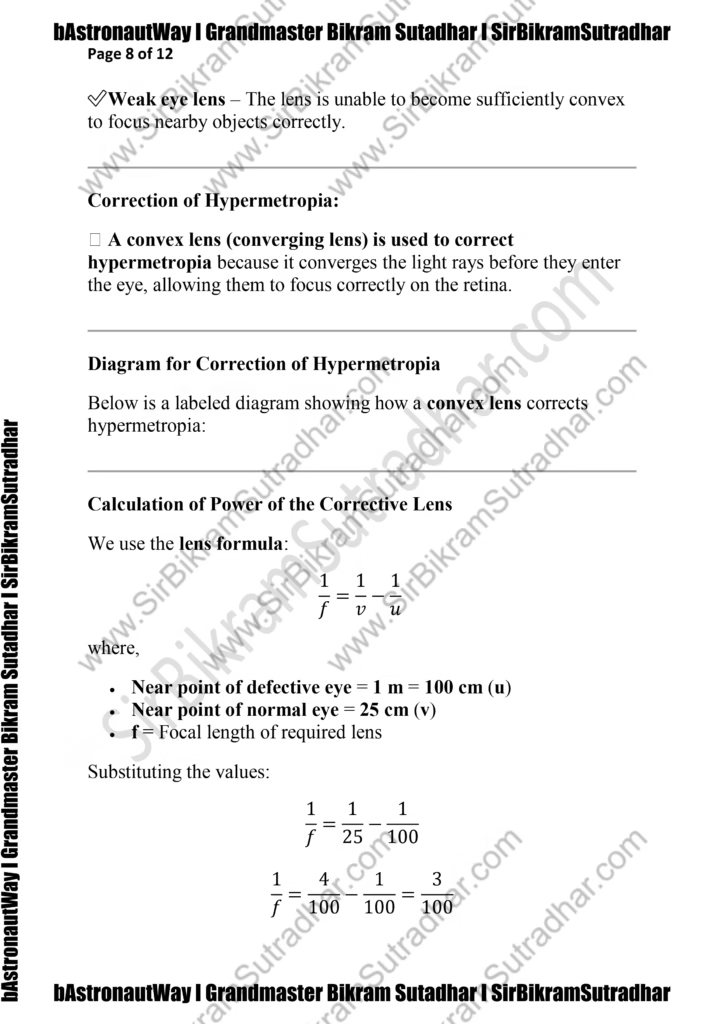
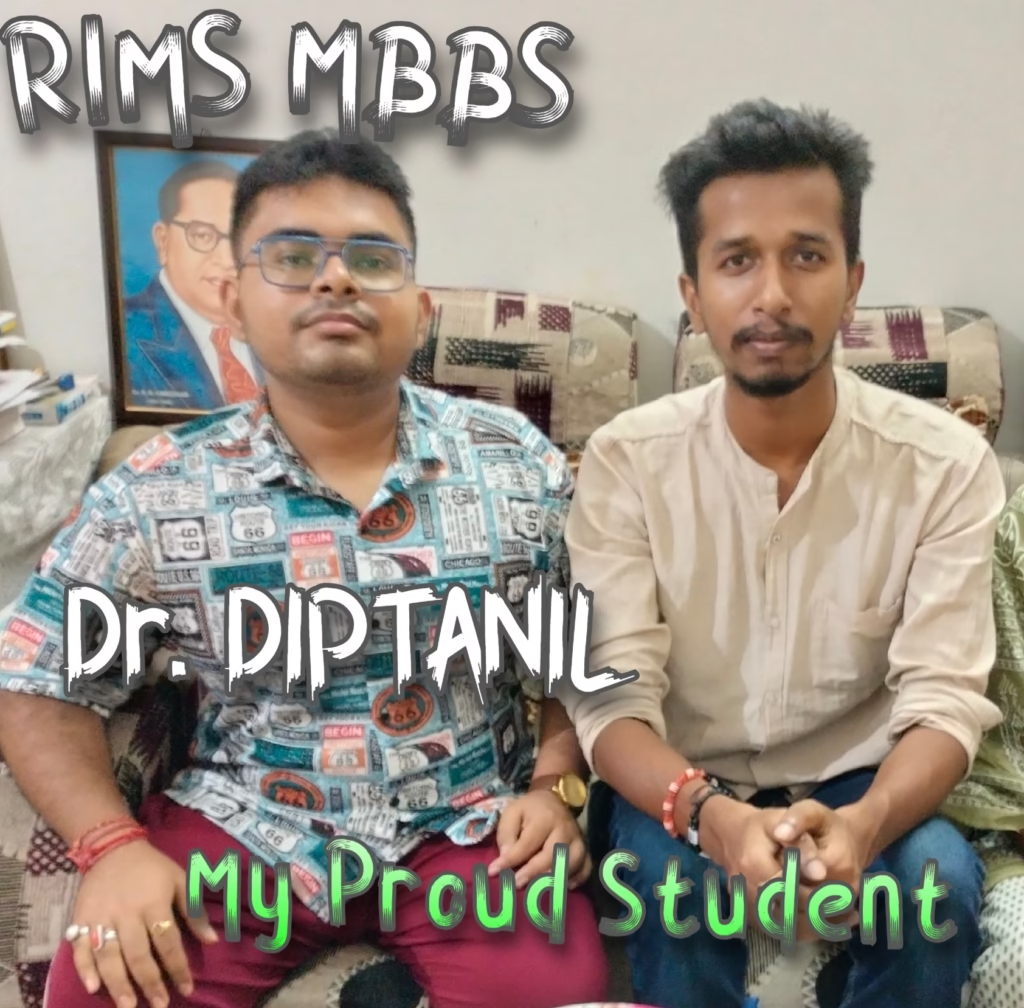
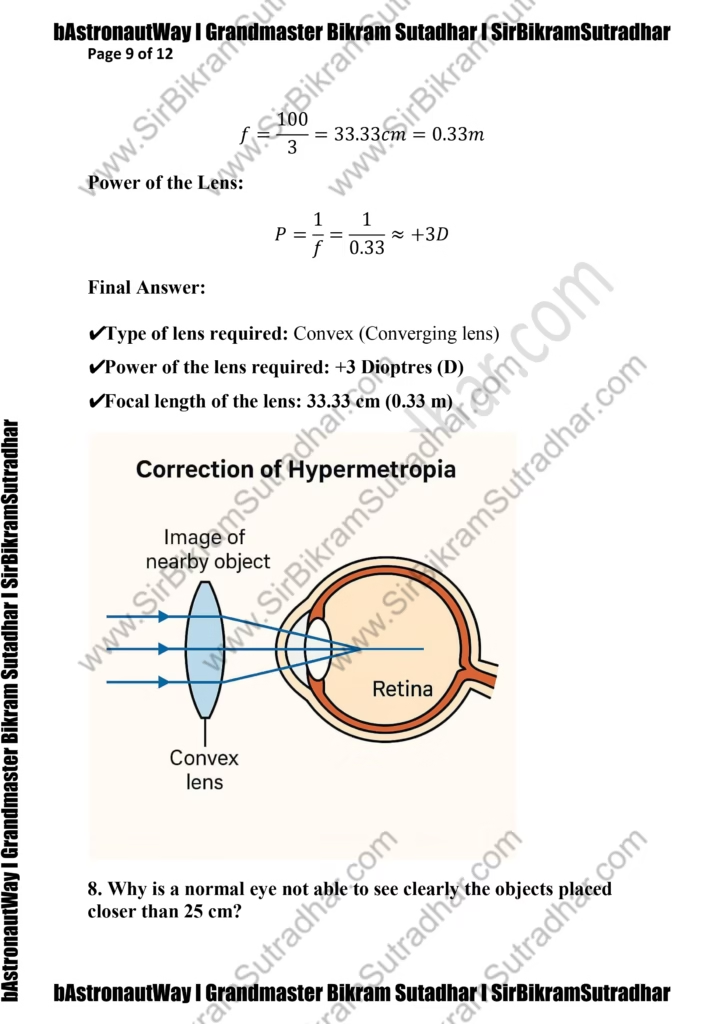
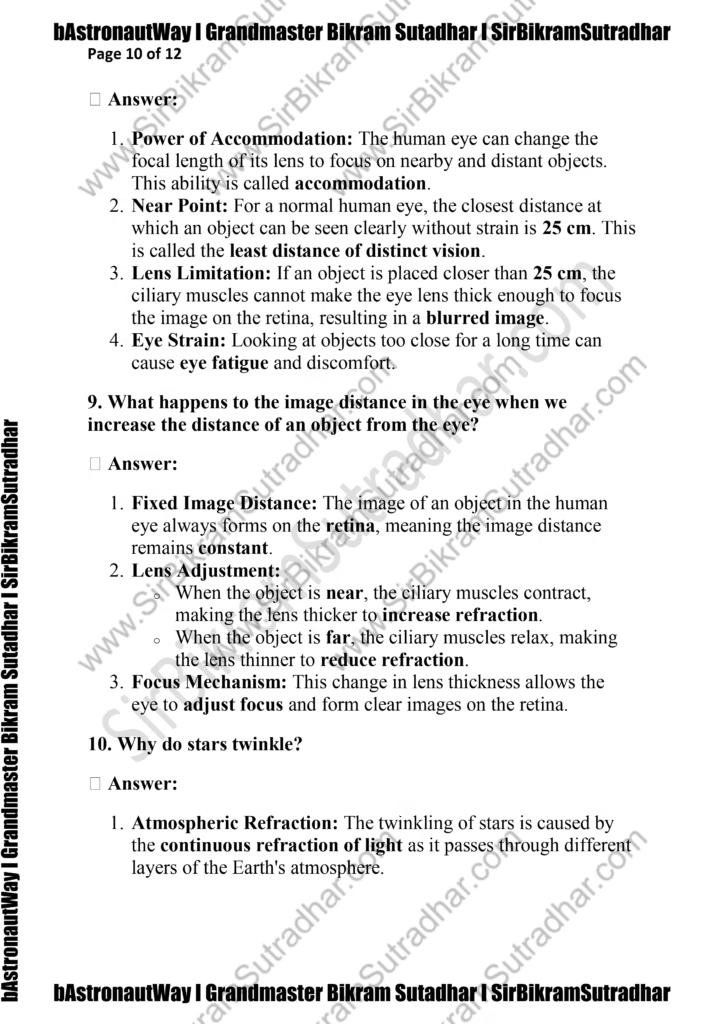
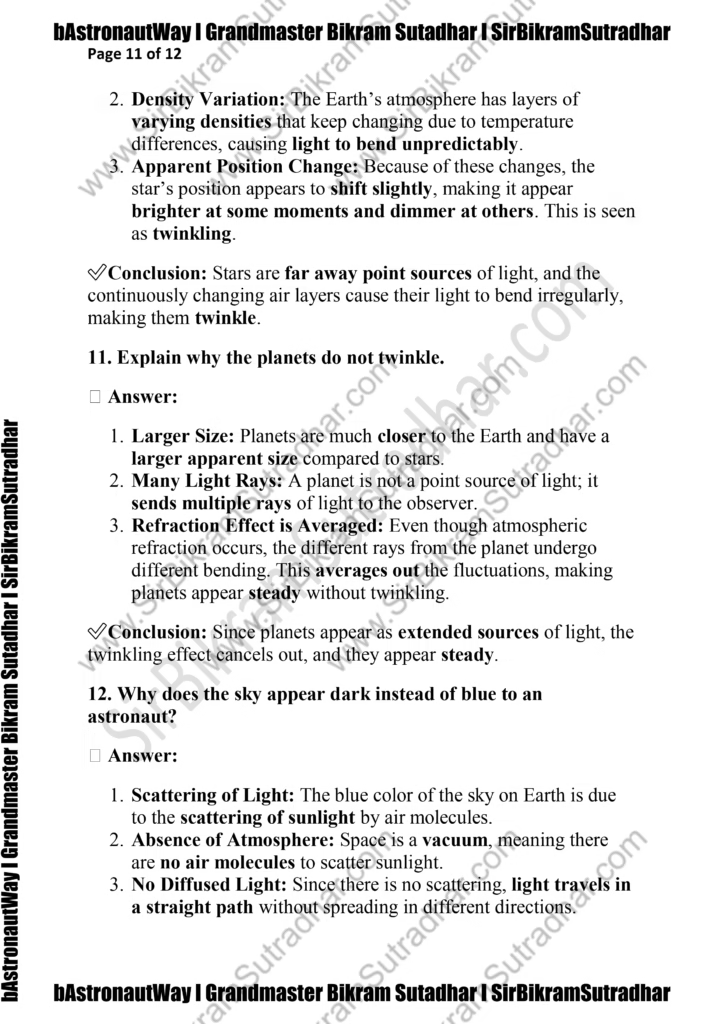
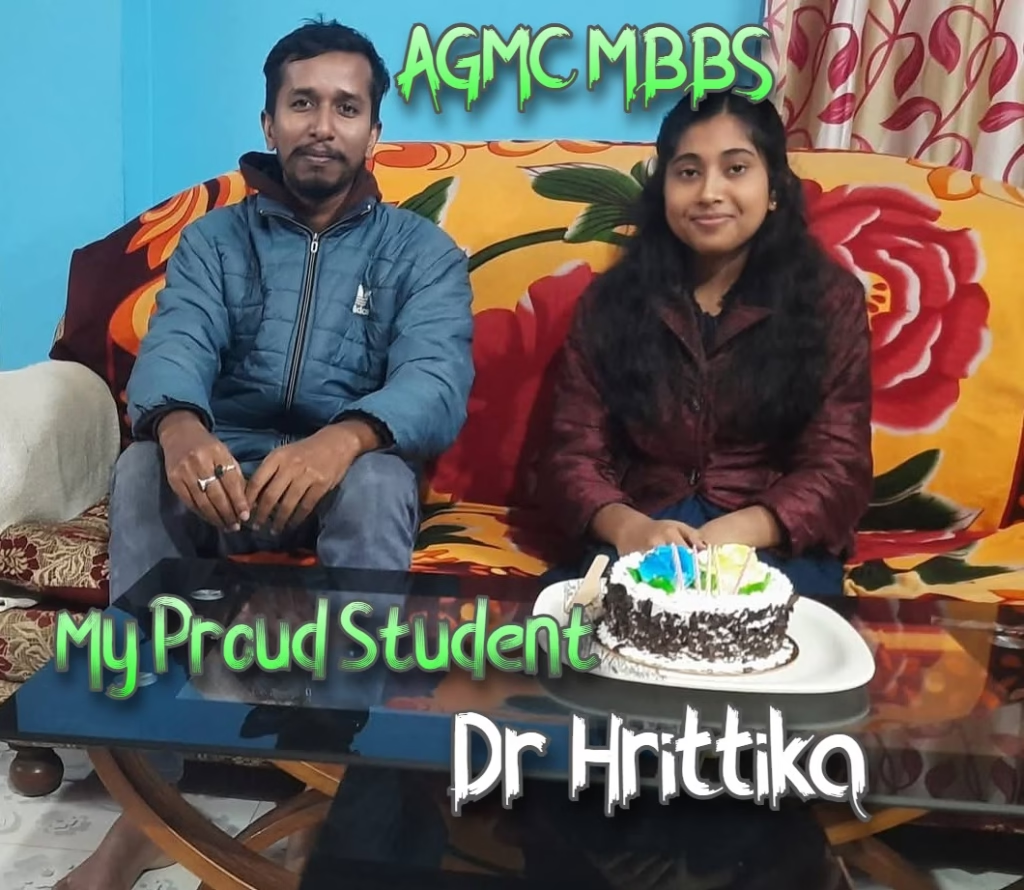
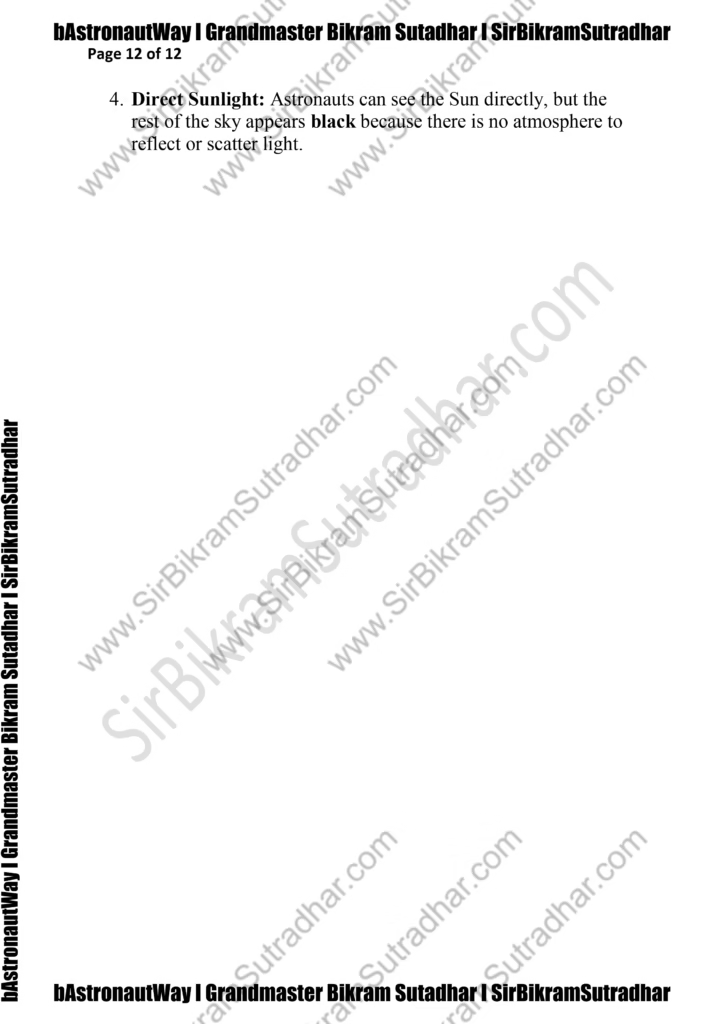
Written By
Full Stack Developer and 5-Time World Record Holder, Grandmaster Bikram Sutradhar
bAstronautWay
SirBikramSutradhar on YouTube
More Story click the link
ICSE CLASS 10 ICSE CLASS 10 BIOLOGY BASTRONAUTWAY SirBikramSutradhar Bikram Sutradhar GrandMaster Bikram Sutradhar selina biology solutions ICSE Biology Selina Solution
class 10 Maths ncert solution.
NCERT Solutions
CBSE Class 10 Mathematics (2025) NCERT Syllabus:
CBSE Class 10 Mathematics NCERT Syllabus (2025) – Chapter-Wise List
CBSE Class 10 Mathematics NCERT Syllabus (2025) – Chapter-Wise List
chapter 4. Quadratic Equations
chapter 5. Arithmetic Progressions
chapter 6. Triangles
chapter 7. Coordinate Geometry
chapter 8. Introduction to Trigonometry
chapter 9. Some Applications of Trigonometry
chapter 11. Areas Related to Circles





